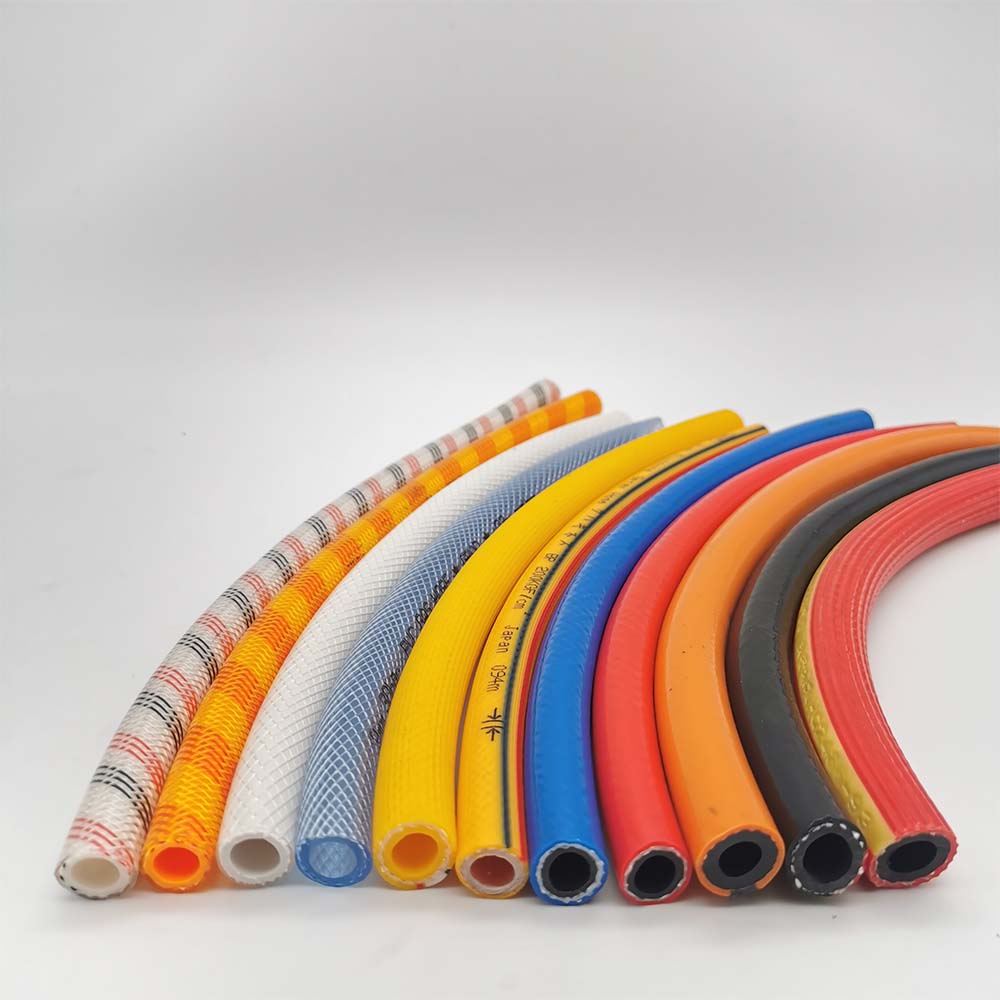Reinforced PVC Tubing for Durable and Flexible Applications in Various Industries
Understanding PVC Reinforced Tubing A Versatile Solution for Various Applications
PVC (Polyvinyl Chloride) reinforced tubing is a flexible and durable solution widely used in industries ranging from agriculture to construction. This type of tubing combines the advantages of traditional PVC with the added strength and resilience of reinforcement materials, resulting in a product that meets the demands of multiple applications.
What is PVC Reinforced Tubing?
PVC reinforced tubing is made by co-extruding a layer of PVC with a reinforcing material, commonly polyester or nylon. This construction provides enhanced durability, flexibility, and resistance to kinks and punctures, making it an ideal choice for conveying liquids and gases in various environments. The transparent nature of the tubing allows for easy monitoring of the flow, a beneficial feature for many users.
Key Benefits
1. Durability One of the most significant advantages of PVC reinforced tubing is its strength. The added reinforcement helps the tubing withstand high pressure and impacts without compromising performance. This makes it suitable for both indoor and outdoor use, where exposure to harsh environmental conditions is a concern.
2. Flexibility Despite its robust structure, PVC reinforced tubing maintains excellent flexibility. This characteristic allows for easy installation in spaces requiring intricate layouts and bends. The tubing can be easily coiled and maneuvered without the risk of damage or restriction.
3. Chemical Resistance PVC is known for its resistance to many chemicals, making reinforced tubing a reliable option for transporting various substances, including water, chemicals, and gases. This durability extends the life of the tubing and reduces the need for frequent replacements.
4. Lightweight Compared to metal alternatives, PVC reinforced tubing is lightweight, helping reduce overall transportation and installation costs. Its ease of handling is a significant advantage in many applications, from agricultural irrigation systems to industrial coolant lines.
5. Cost-Effective Given its durability and versatility, PVC reinforced tubing often represents a more cost-effective solution over time. The reduced maintenance and replacement frequency contribute to lower operational costs for businesses.
pvc reinforced tubing

Common Applications
PVC reinforced tubing is utilized in a broad range of applications due to its unique properties
- Agriculture Farmers use reinforced tubing for irrigation systems, allowing for efficient water delivery to crops while minimizing the risk of ruptures
.- Construction In construction, this type of tubing is used for draining, plumbing, and venting systems, benefiting from its durability and flexibility.
- Food and Beverage Industry The non-toxic nature of PVC makes it suitable for food processing applications, where hygiene and safety are paramount.
- Medical Applications Hospitals and laboratories utilize PVC reinforced tubing for fluid transfer and medical equipment due to its reliable performance and ease of cleaning.
- Industrial Settings Factories and manufacturing plants often employ PVC reinforced tubing for pneumatic systems and conveying materials, taking advantage of its strength and chemical resistance.
Conclusion
In summary, PVC reinforced tubing is a versatile and dependable choice for a variety of applications across multiple industries. Its unique combination of durability, flexibility, chemical resistance, and cost-effectiveness enables users to efficiently transport fluids and gases while minimizing the risk of failure. As industries continue to seek reliable and efficient solutions, PVC reinforced tubing stands out as a prime candidate for meeting these needs. Whether in agriculture, construction, food processing, or healthcare, the benefits of this innovative tubing solution are clear, underscoring its importance in modern applications.
-
Welded Wire Mesh Panel: Durable, Versatile, and AffordableNewsJul.28,2025
-
Top Quality Oxy Acetylene Hoses for Sale Fit for Welding DemandsNewsJul.28,2025
-
The Future of Pneumatic Air Tubes in IndustryNewsJul.28,2025
-
Superior and Reliable LPG Hose Pipe Solutions for Every NeedNewsJul.28,2025
-
Exceptionally Durable and Versatile Premium Braided PVC TubingNewsJul.28,2025
-
Best Adapters for Connecting Garden Hose to PVC Pipe ConnectionsNewsJul.28,2025














